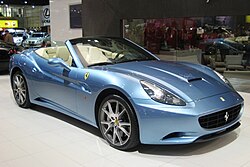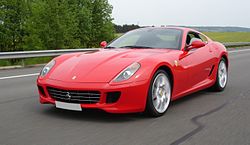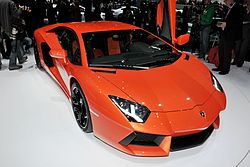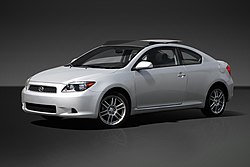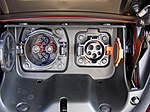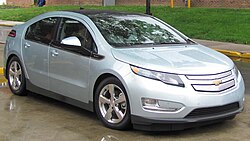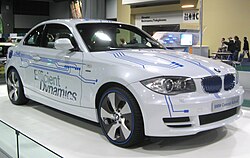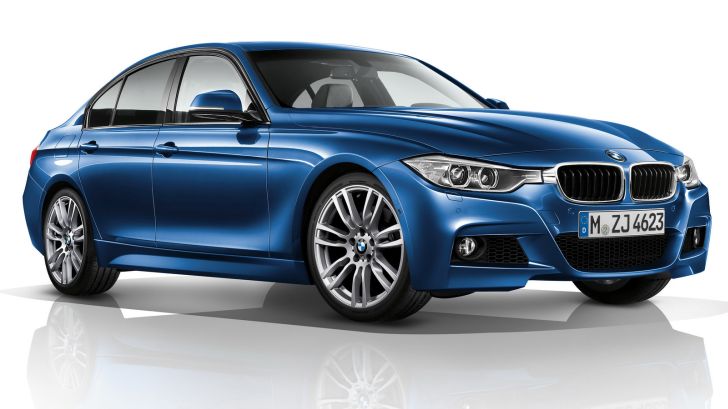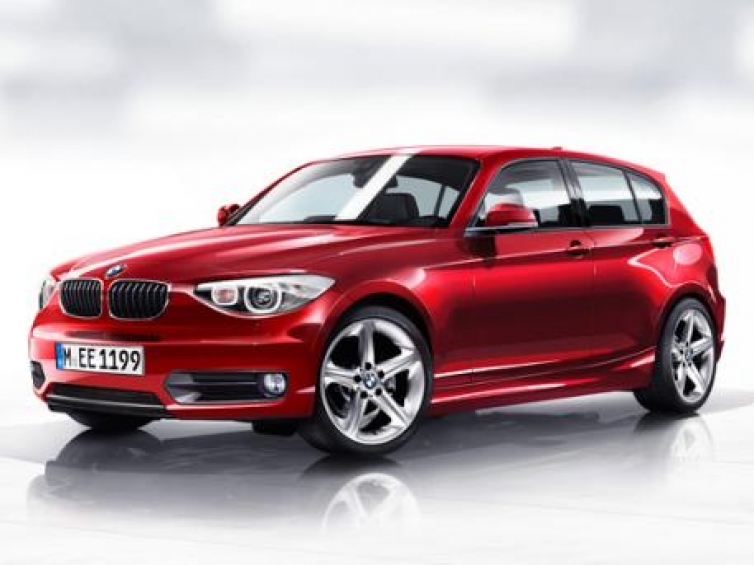| price $74,400 |
Porsche has continued to make changes to the most interesting car in the world for the 2012 model year. There are two new 2012 Porsche Panamera models that represent two schools of thought. Representing the green team is the 2012 Panamera S Hybrid, which Porsche says is the most fuel-efficient car it has ever produced. For those who prefer their green-cred to be that they recycle dinosaurs for fuel, there's the Panamera Turbo S, which produces 550 hp and 553 lb-ft of torque (590 lb-ft with over boost and the Sport Chrono Package) from a twin-turbo 4.8-liter V-8. The Porsche Panamera includes offers features like rear- or all-wheel drive, and comes standard with Porsche's fabulous "PDK" seven-speed dual-clutch automatic, with the exception of the Panamera S Hybrid which has an eight-speed automatic transmission as standard equipment. Porsche offers four different engines for the Panamera.
Panamera buyers have the choice of a 3.6-liter 300-hp and 295 lb-ft of torque V-6, a 4.8-liter V-8 that produces 400 hp and 369 lb-ft of torque, a 3.0-liter supercharged V-6 and electric motor combo that's good for 380 hp and 427 lb-ft of torque, and the aforementioned 4.8-liter twin-turbo 500-hp and 516 lb-ft of torque V-8., that's capable of 550 hp and 590 lb-ft of torque in "Turbo S" guise. Inside, the Panamera immerses its four occupants in luxury befitting of an executive sedan. The interior features a cockpit-like design with an exceptionally high level of refinement, which includes standard leather seating, and well thought out control placement.
Body Style: Sedan Engines: 3.6L V-6, 3.0L supercharged V-6 + electric motor, 4.8L V-8, 4.8L twin-turbo V-8 Transmissions: 8-speed automatic, 7-speed dual-clutch automatic Models: Porsche Panamera, Porsche Panamera 4, Porsche Panamera S, Porsche Panamera 4S, Porsche Panamera S Hybrid, Porsche Panamera Turbo, Porsche Panamera Turbo S
As expected with any vehicle wearing the Porsche badge, performance is a priority in the Panamera. The 2012 Panamera comes standard with rear- or all-wheel drive, and all save the all-new Panamera S Hybrid come standard with Porsche's seven-speed "PDK" dual-clutch automatic; an eight-speed automatic transmission and rear-drive are compulsory on the Panamera S Hybrid. A "4" denotes all-wheel drive; all Turbo models are all-wheel drive. The Panamera gets a 3.6-liter 300-hp and 295 lb-ft of torque V-6. The Panamera S gets a 4.8-liter V-8 producing 400-hp and 369 lb-ft of torque. The Panamera S Hybrid is powered by a 3.0-liter supercharged V-6 and electric motor that's good for 380 hp and 428 lb-ft of torque. The Panamera Turbo is powered by a 4.8-liter twin-turbo 500-hp and 516 lb-ft of torque V-8. The Panamera Turbo S gets the same engine but with 550-hp and 590 lb-ft of torque with over boost.
The 2012 Porsche Panamera includes standard safety features you'd expect in a high-power executive sports sedan designed to handle the high-speed grand touring of Germany's autobahns. The Panamera is constructed from lightweight steel, and features side- and cross-members designed to channel energy from an accident away from the cabin. The Panamera's interior is also protected by super high-strength steel and side-intrusion beams. Inside, the Panamera also gets front driver and passenger airbags, side airbags in each seat, and side-curtain airbags. The Panamera also includes ABS, TPMS, ESC, and TC. More safety features like blind spot monitoring are available.







